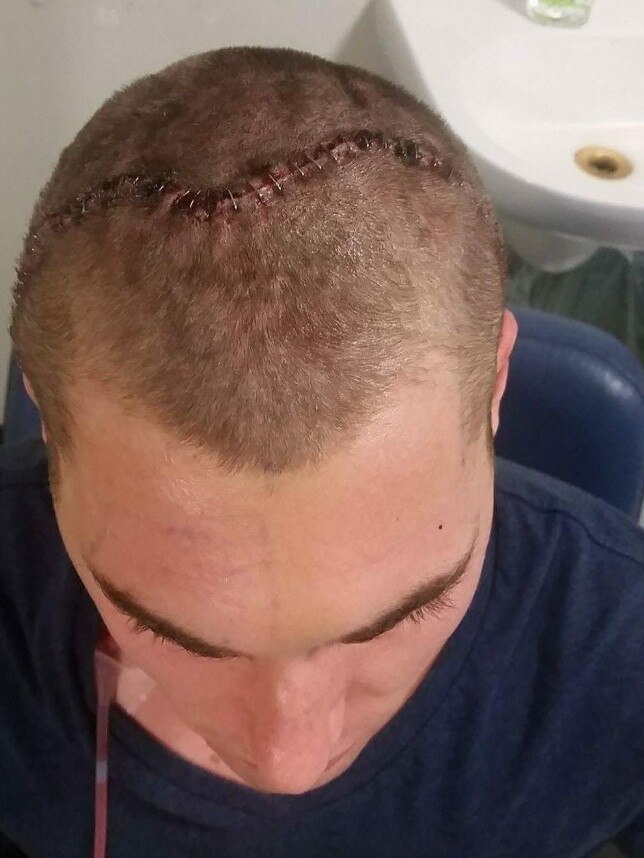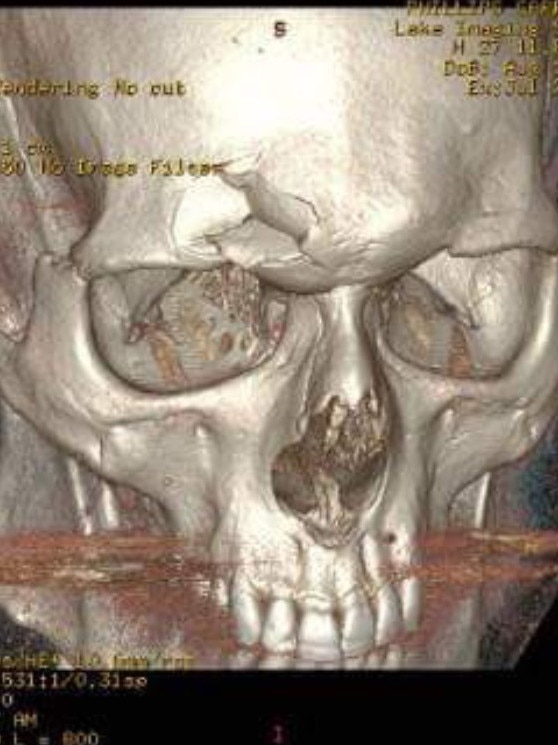Inside Melbourne scientists’ attempts to solve concussion-linked CTE — before it’s too late
CTE’s devastating, post-concussion effects are only compounded by the fact it’s still impossible to diagnose before death. Now, Melbourne scientists may have cracked its code, but there’s still one thing stopping them from testing the theory.
Melbourne scientists have the technology to identify a devastating brain disease following concussion in sportspeople, but have been unable to get the funding to develop it further.
To date, the crippling condition chronic traumatic encephalopathy (CTE), that struck down Australian football great Polly Farmer, has only been diagnosed on autopsy.
But researchers at The Florey Institute of Neuroscience and Mental Health have developed advanced MRI ‘brain mapping’ scanning techniques which can identify concussion damage and potentially diagnose CTE while people are still alive.
“If they’ve got CTE it’s fairly easy with these techniques to see it,” the Florey’s deputy director Professor Graeme Jackson told the Sunday Herald Sun.
“We can inspect the areas (of the brain) such as the hippocampus … all the areas that have CTE in them have quantitative signal changes on our quantitative mapping … this is not technology that’s available in any hospitals, it is only in a research setting we can do this … it’s our view that we’ve got the solution.”
But Prof Jackson – who is also a clinical neurologist at Melbourne’s Austin Hospital and University of Melbourne academic – said repeated grant applications, over five years, for major Federal funding to further develop and roll out the technology had been unsuccessful.
Florey researchers had worked with the AFL for several years and scanned the brains of 20 ‘acutely concussed’ football players, with a view to developing the MRI techniques so they could be routinely used to assess the level of brain damage incurred, and see if it had fully-resolved or remained over time, he said.


“But we’ve not been able to convince anyone it’s a fundable project,” Prof Jackson said. “It’s always frustrating when you can’t get this sort of research supported.”
A degenerative disease linked to repeated head knocks and concussions, CTE can result in thinking and memory problems, personality, mood and behaviour changes and dementia.
Polly Farmer was the first AFL player to be definitively diagnosed with CTE on autopsy, and Bulldogs champ Liam Picken recently opened up about the crippling impact of concussion on his life and pledged to donate his brain to research after his death.
But experts have warned it’s grassroots footballer players who could be suffering worst from brain damage because of inconsistent and inadequate concussion protocols and practices in volunteer-run clubs.
For Melbourne real estate agent and former suburban footballer Garreth Phillips, 31, a severe on-field concussion in 2016 was life-changing.
Mr Phillips was playing in a seniors side in the Essendon District Football League when he was elbowed in the head by an opposition player in the third quarter, and “straight away, went to ground unable to see”.
In agony, shock and unable to open one eye, he was benched for 10 minutes – with no concussion testing – before being asked by the coach if he could play on.
“I said ‘yes’ not knowing what could happen next if I got another knock to the head. I played out the fourth quarter not knowing where I was or what I was doing,” Mr Phillips said.
After the game he felt very sick and unable to drive, so was dropped home to an empty house by a trainer.
On seeing a doctor a few hours later, he was found to be heavily concussed.
Scans later revealed his skull was fractured and needed surgery “with plates and screws” to be repaired.
“It changed my life,” Mr Phillips said. “To this day my memory is terrible and I can only remember parts of my childhood, I suffer mood swings and I am on antidepressants.”
MORE NEWS
EXPERTS SPEAK UP ON TEENAGERS’ SERIOUS CONCUSSION RISK
NIXON’S FRAWLEY CONCUSSION CLAIM: ‘HE BEHAVED STRANGELY’

